Cats are often seen as mysterious creatures, weaving silently through our lives with their graceful movements and enigmatic expressions. But beneath those calm exteriors, they might be trying to tell us something important. How can you tell if your cat is silently asking for help? Understanding the subtle signals that your feline friend is sending can make all the difference in their well-being and happiness. Let’s explore these hidden messages and learn how to become more attuned to your cat’s needs.
Unusual Hiding Behavior
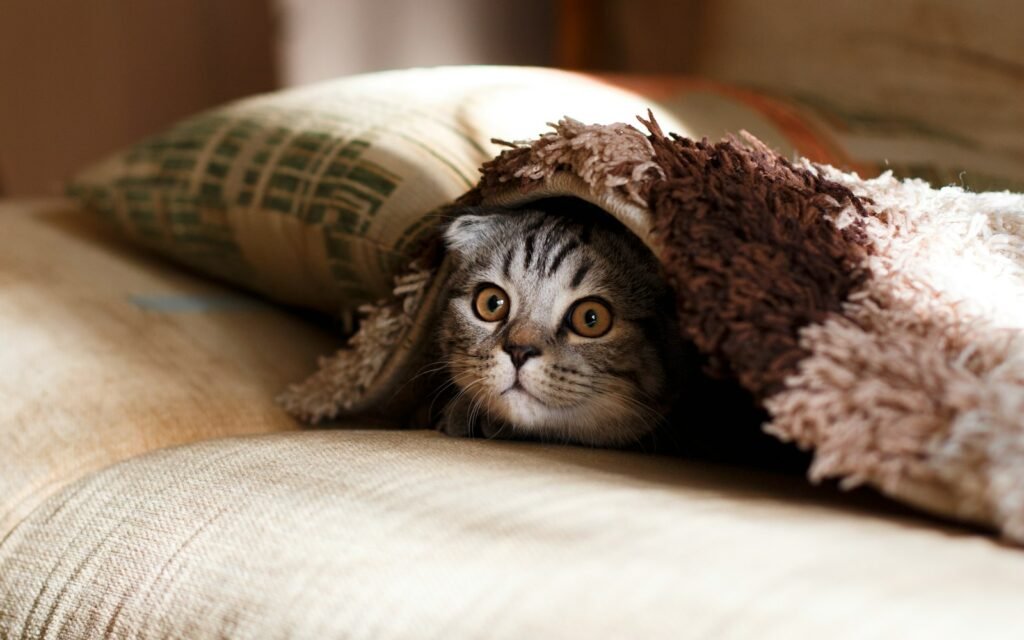
Cats are naturally curious animals, often exploring every nook and cranny of their environment. However, if your cat suddenly starts hiding more than usual, it may be a sign that something is bothering them. Hiding can be a way for cats to escape from stress or discomfort. Imagine it as their way of retreating to a safe haven. If you notice that your cat is spending excessive time under the bed or in other secluded spots, it might be time to investigate further. This behavior can be a sign of illness, anxiety, or even fear, so it’s essential to pay attention and seek help if needed.
Changes in Eating Habits
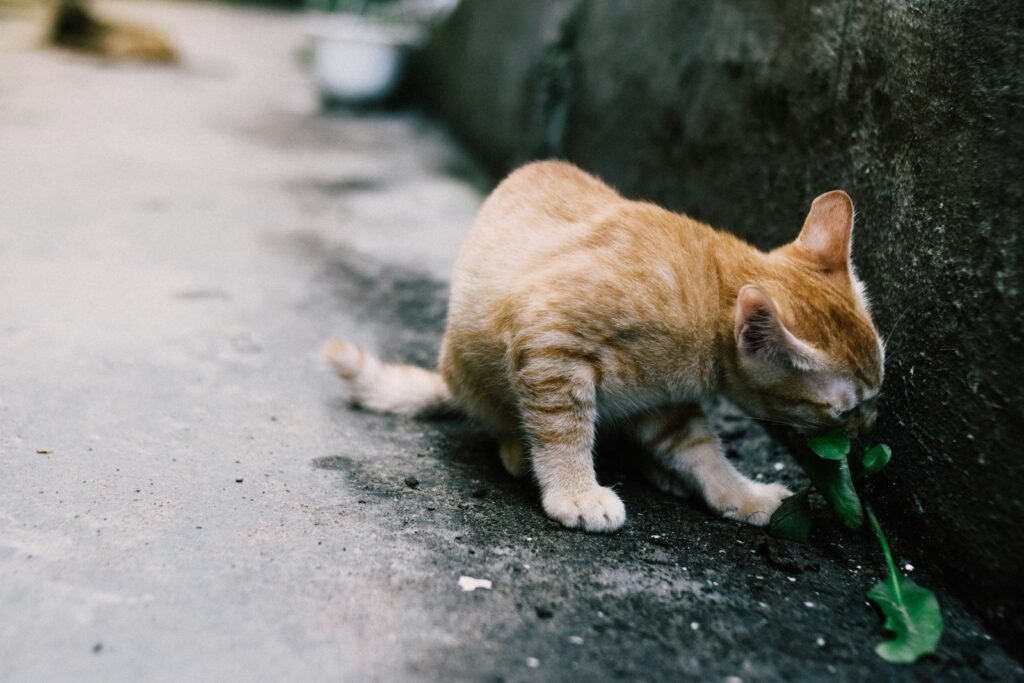
A cat’s appetite can tell you a lot about their health and happiness. If your feline friend is suddenly eating less or more than usual, it could indicate a problem. Cats are creatures of habit, so any deviation from their regular eating pattern is worth noting. A loss of appetite might be a sign of dental issues, gastrointestinal problems, or emotional distress. On the other hand, overeating can also signal underlying health concerns. Monitoring your cat’s eating habits and consulting with a veterinarian if you notice any changes is crucial in ensuring their well-being.
Excessive Grooming or Lack Thereof
Grooming is a natural and essential behavior for cats, helping them keep their fur clean and free of parasites. However, excessive grooming or a complete lack of grooming can be a red flag. If your cat is grooming obsessively, it might be a sign of stress or skin irritation. Conversely, if they stop grooming altogether, it could indicate a physical ailment or depression. Imagine grooming as your cat’s way of self-soothing or neglecting themselves when they feel unwell. Observing these grooming patterns can provide valuable insights into your cat’s health and emotional state.
Changes in Litter Box Habits
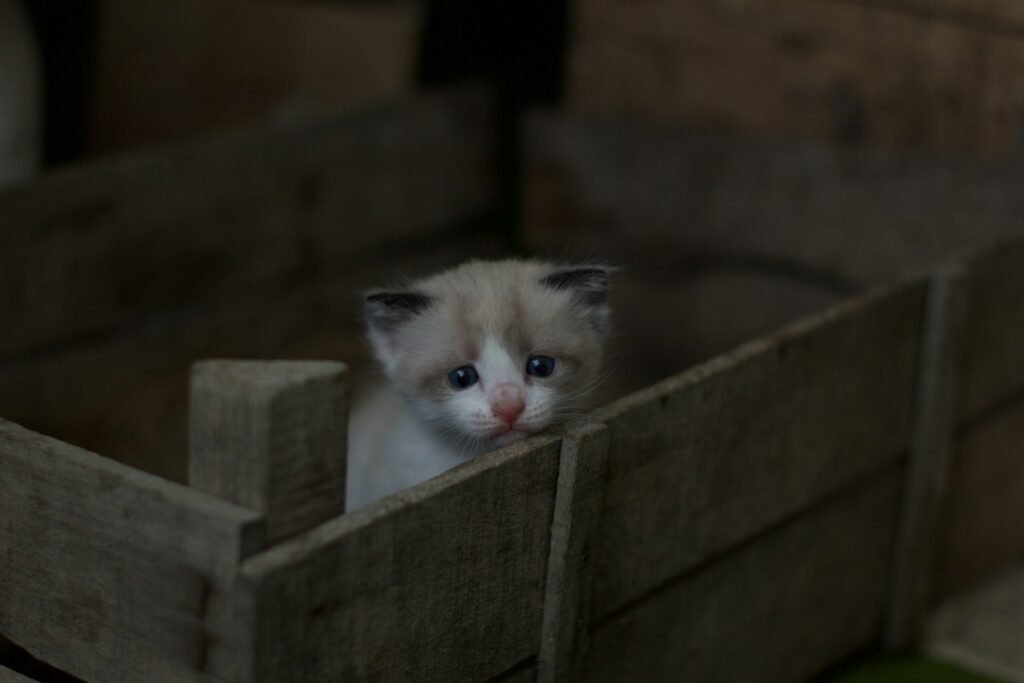
Litter box habits are another key indicator of your cat’s well-being. If your cat suddenly starts urinating or defecating outside the litter box, it might be their way of signaling distress. This behavior can be caused by medical issues such as urinary tract infections or kidney problems. Alternatively, it could be a response to environmental changes or stressors. A clean and accessible litter box is essential, and any abrupt changes in your cat’s litter box habits should be addressed promptly. Understanding these signals can help you identify potential problems and provide your cat with the care they need.
Vocalization Changes
Cats communicate with us through various vocalizations, from gentle purrs to demanding meows. If your cat’s vocal patterns suddenly change, it might be their way of expressing discomfort or seeking attention. Increased vocalization could indicate pain or anxiety, while decreased vocalization might signal depression or illness. Think of your cat’s voice as their way of reaching out to you, trying to convey their feelings and needs. Paying attention to these changes and responding appropriately can strengthen your bond with your feline companion.
Aggressive or Withdrawn Behavior
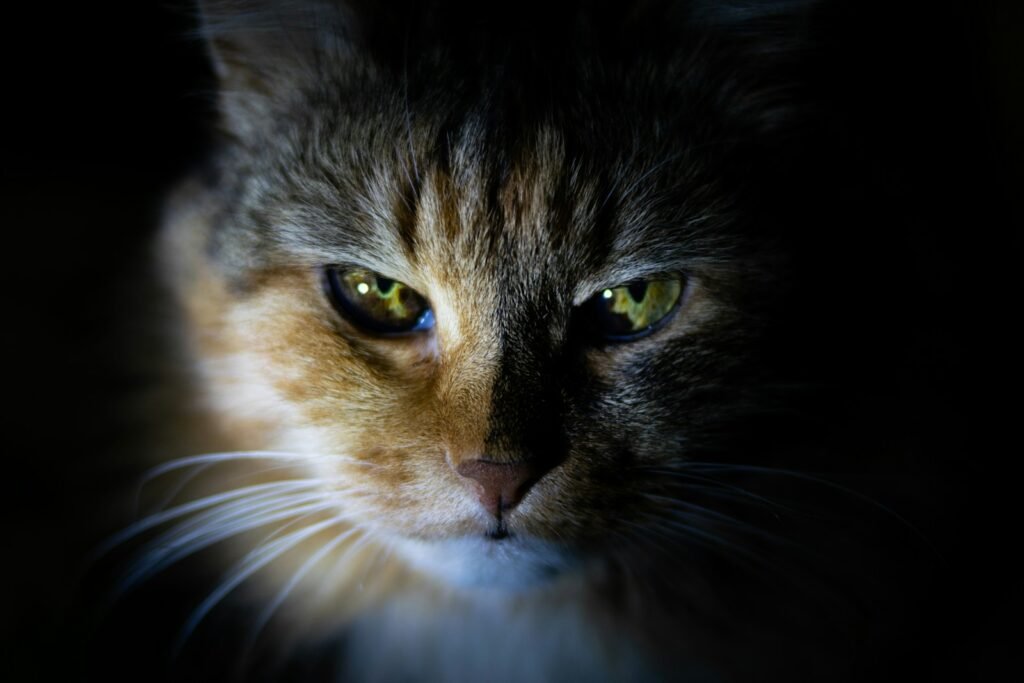
Behavioral changes, such as aggression or withdrawal, can be signs that your cat is silently asking for help. If your usually friendly cat becomes aggressive or starts avoiding interaction, it might be a response to pain or stress. Cats are sensitive creatures, and their behavior can be influenced by various factors, including their physical and emotional well-being. Recognizing these changes and addressing the underlying issues can help restore harmony in your home and improve your cat’s quality of life.
Unusual Sleeping Patterns
Cats are known for their love of sleep, often spending up to 16 hours a day napping. However, if your cat’s sleeping patterns change drastically, it might be a sign of a problem. Sleeping more than usual can indicate illness or depression, while restless sleep might suggest discomfort or anxiety. Imagine sleep as your cat’s refuge, a place where they find peace and relaxation. Monitoring their sleep habits and seeking veterinary advice if needed can help ensure that your cat remains healthy and content.
Physical Changes or Signs of Pain
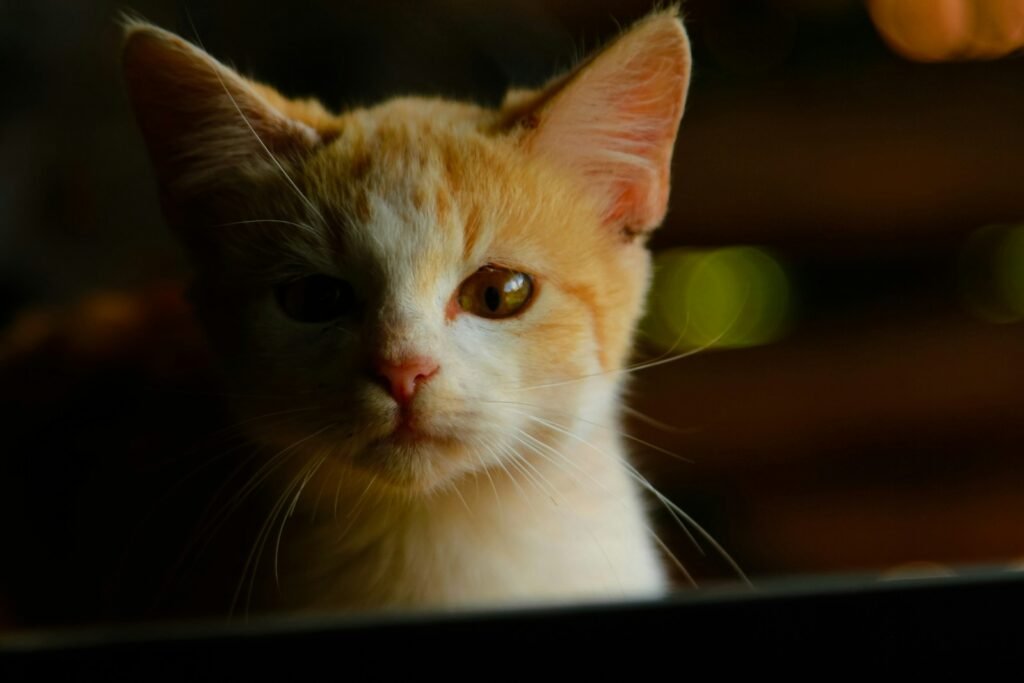
Physical changes, such as limping, swelling, or changes in coat condition, can be indicators that your cat is in pain. Cats are masters at hiding discomfort, but subtle physical signs can reveal underlying issues. If you notice any changes in your cat’s appearance or behavior, it’s essential to investigate further. Consulting with a veterinarian can help identify the cause of the problem and provide your cat with the necessary treatment. Remember, your cat’s health is in your hands, and being attentive to these signs can make all the difference.
Trust Your Instincts
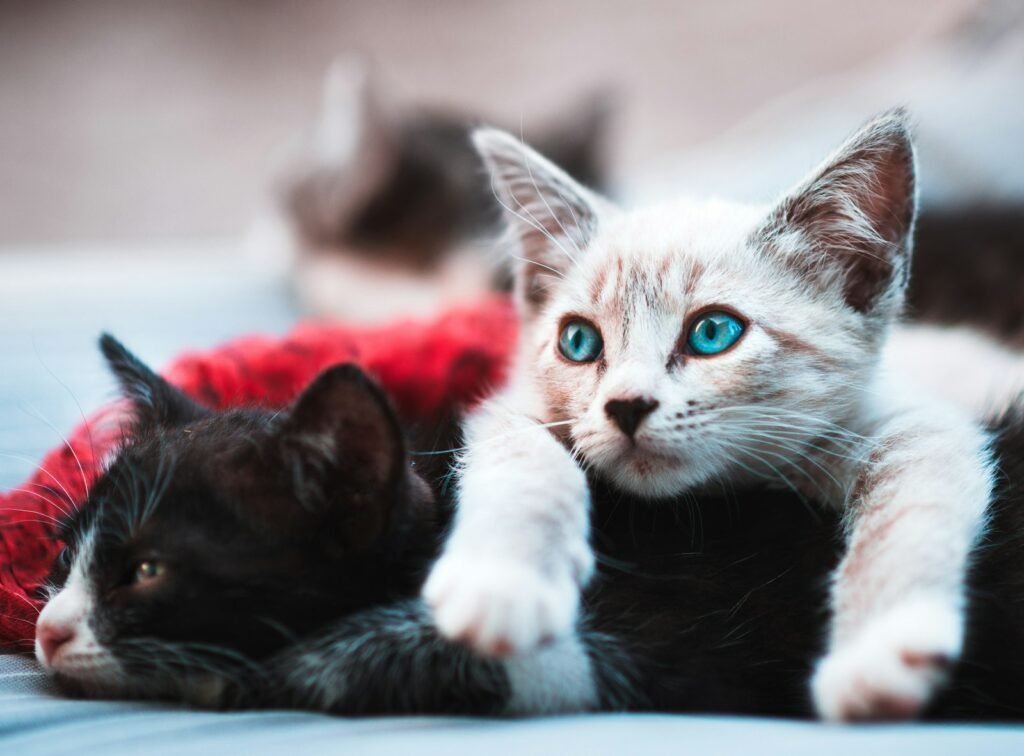
As a cat owner, you know your feline friend better than anyone else. Trusting your instincts and being attentive to any changes in your cat’s behavior or appearance is crucial. If something feels off, don’t hesitate to seek professional advice. Your intuition, combined with a keen eye for detail, can help you identify potential problems and provide your cat with the care they need. Remember, your cat relies on you to be their advocate and protector, and being attuned to their silent signals can make all the difference in their happiness and health.

Growing up traveling and experiencing new cultures and wonders, I have had a passion for nature, adventuring, photography, and videography. I am currently working towards a BSc in Biodiversity and Ecology at Stellenbosch University, and I hope to specialise in Marine Sciences one day.
Please send any feedback to Feedback@animalsaroundtheglobe.com






